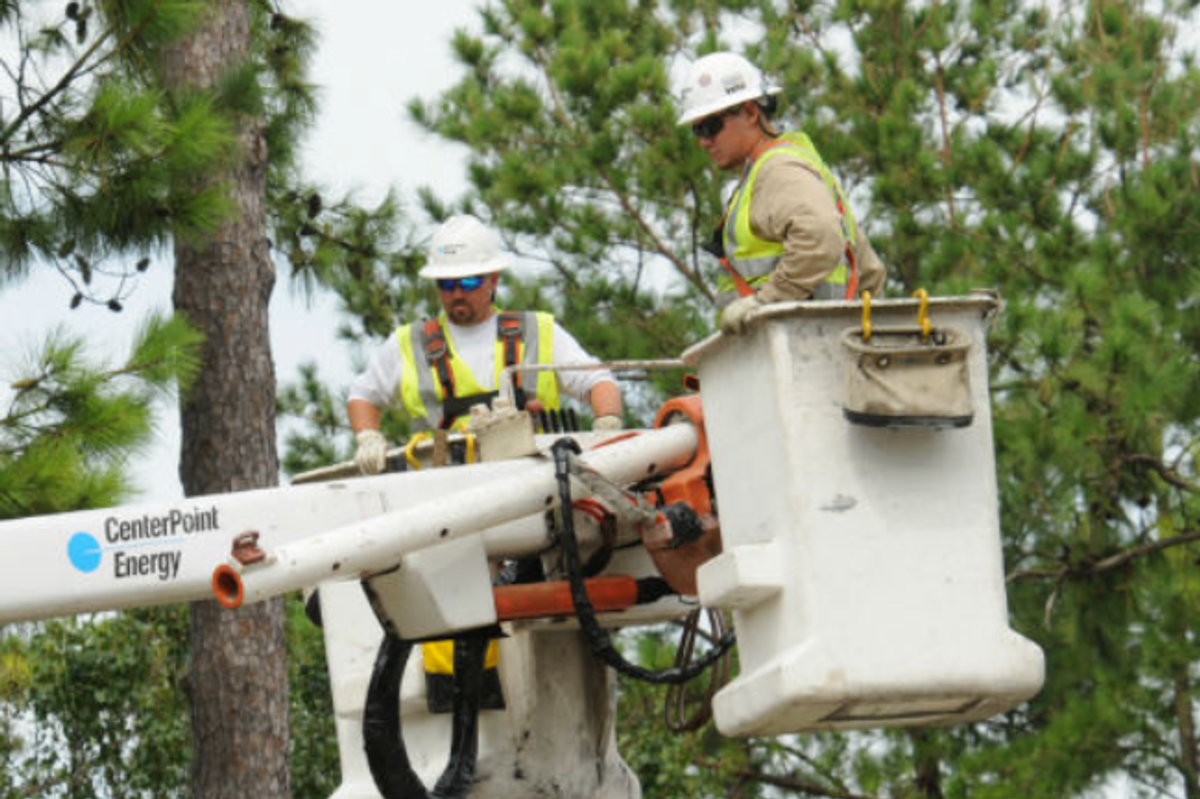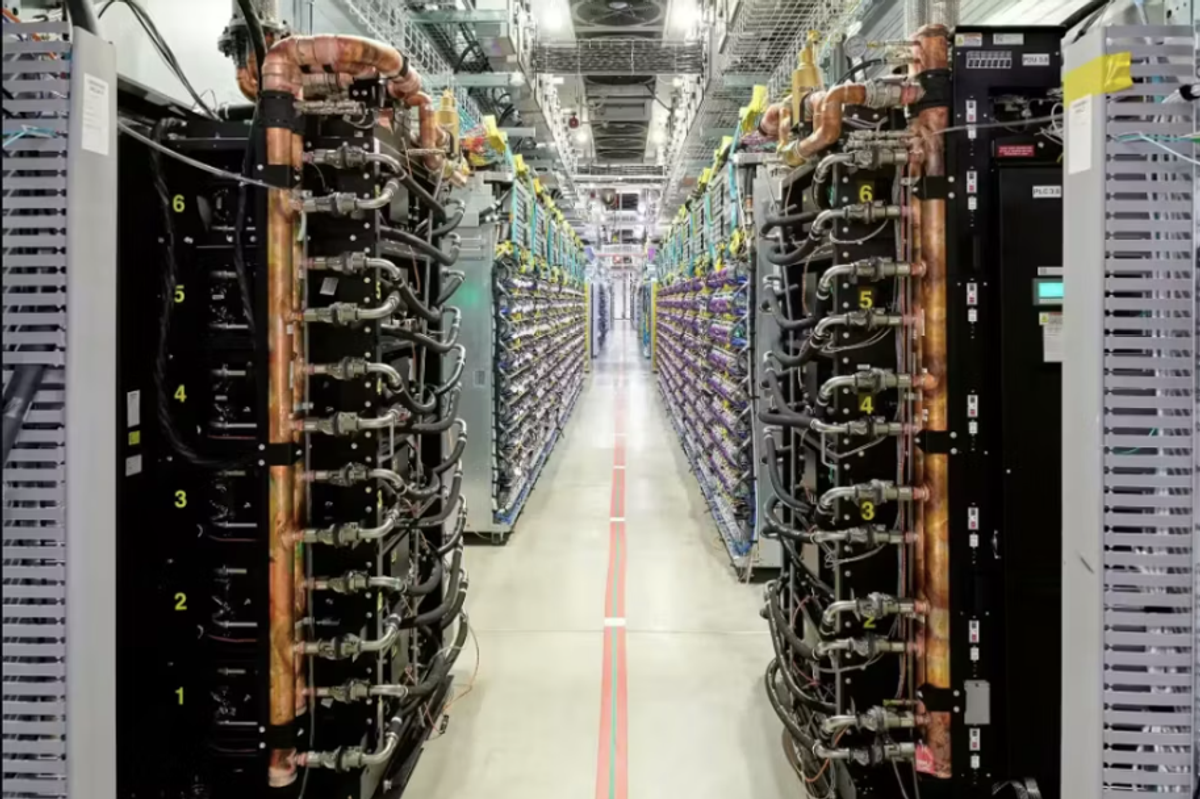Greening the bottom line: Houston expert on the ups and downs of sustainability transformation, reporting
guest column
Amid remarkable fund allocation towards tackling environmental, social, and corporate governance issues, investors deeply concerned about climate change exert substantial leverage on firms and regulators to make reforms.
Furthermore, the Securities and Exchange Commission has proposed new rules requiring all publicly listed corporations to disclose climate change risks in their regular filings with clear reporting obligations, such as information on direct greenhouse gas emissions (Scope 1), indirect emissions from purchased electricity or other forms of energy (Scope 2), as well as GHG emissions from upstream and downstream activities in the value chain (Scope 3).
Although sustainability has invariably moved to the top of the corporate agenda across various sectors, businesses still face challenges in effectively implementing these transformative changes. Many companies are still dealing with questions like:
- What problems and possibilities should they prioritize?
- Where should they devote time, effort, and money to have the most long term effect via business processes?
- What principles, policies, and internal standards should be implemented to initiate the process and get good ESG ratings?
- When do corporate sustainability challenges necessitate collaborations with other businesses to meet commitments and achieve goals?
- What organizational behavior and change management measures should be incorporated to induce sustainability into the corporate culture?
One-fifth of businesses still need a sustainability plan in place, and fewer than 30 percent feel the effect of that strategy is evident to all employees.
Introducing climate-related practices across businesses and corporations takes time and effort. Since sustainability transformation initiatives span multiple business functions and units, whether they are helping or hurting the bottom line is often a fuzzy picture. It is not easy to quantify near-term profitable impacts directly emanating from sustainable strategies, disincentivizing many businesses from setting ambitious carbon reduction targets.
Businesses often struggle with what they intend to assess and what "good enough" performance looks like for the firm. Furthermore, sustainability performance reporting is infested with the inherent stakes of the legitimacy of data collection, defining the metrics and materiality, accountability to the stakeholders, the dynamism of the business environment, the complexity of reporting standards, and the risk of obsolescence of the tool.
For context, there are approximately 600 sustainability reporting standards, industry efforts, frameworks, and recommendations worldwide. Additionally, the one-directional data collection method used by the carbon market trading systems for scoring analyses often leads to intentional or unintentional greenwashing.
So then, what is the path forward?
An effective strategy would involve adopting a synergistic approach, just like the yin and the yang elements that embody balance and harmony on two distinct yet interconnected levels. The yin aspect, prevailing at the government level, would require a robust standardization of reporting frameworks via policymaking and regulations that can effectively implement suitable transformation engines for businesses. It will entail developing adaptable market mechanisms to successfully guide businesses and consumers to identify, plan, navigate, strategize, and execute greenhouse gas reduction initiatives. It will require answers to foundational questions like:
- What tools and resources can help businesses improve their financial performance by reducing energy waste and energy costs?
- How do manufacturers engage their suppliers in low-cost technical reviews to improve process lines, use materials more efficiently, and reduce waste?
- How can waste management and recycling help a business by saving money, energy, and natural resources?
There is a dire need to standardize and consolidate the industry benchmarks and reporting frameworks against which businesses can assess their performance for climate action and potentially improve their bottom line by investing in appropriate carbon mitigation activities. This will create a fundamental shift in the mindset of corporates and raise the level of conversation from "Should we implement sustainable business frameworks?" to "How we could best implement sustainable frameworks for better ROI and an impactful bottom line?"
On the other hand, the yang element operates at the business or corporation level. Successful execution of sustainability strategies entails interweaving the sustainability thread into the business core across strategies and processes, operations and personnel, and products and services.
What is the business case for sustainability efforts? From operational cost savings to expansion in new markets, from enhanced brand equity to investor interest and share expansion, companies that incorporate robust and scalable sustainable practices have opportunities to unlock new sources of value capture and new markets that can deliver immediate financial rewards. Such measures will demonstrate the overall sustainability transformation's power and potentially provide money or cost savings to fund other components.
One way to do it is by introducing circular business models to reshape the whole product usage cycle: re-engineering product designs with more sustainable materials, redesigning the manufacturing lifecycle, recycling products, packaging, and waste, and reducing emissions in transportation, water, and energy consumption activities. By leveraging technology and AI in the extended system of interactions within and outside the business, companies can monitor, predict, and reduce the carbon emissions in their supply chains and yield immediate financial results.
Designing, implementing, and managing the foundational governance of sustainable business practices, strategies, structure, and tactics will require robust governance of sustainability efforts in all key business areas, including marketing, sales, product development, and finance. Additionally, organizational values, leadership initiative from the CEO and board level to the employees, and stakeholder interest are necessary to drive value for business policy. Involving employees in decision-making will help induce better commitment and accountability to implementing economic, social, environmental, and technologically sustainable interventions and initiatives.
Finally, businesses need to understand that they could truly develop long-term business success and shareholder value when they stop viewing sustainability from a compliance or ESG reporting lens. Long-term business success cannot be achieved solely by maximizing short-term profits but through market-oriented yet responsible behavior that automatically drives enhanced business bottom lines. This demands a collaborative partnership between policymakers, the private sector, nonprofit organizations, academia, and civic society to usher in economic growth, competitiveness, and consumer interest. This partnership is essential for environmental protection and social responsibility to ensure a sustainable future.———
Ruchi Gupta is a certified mentor and vice chair at SCORE Houston.










